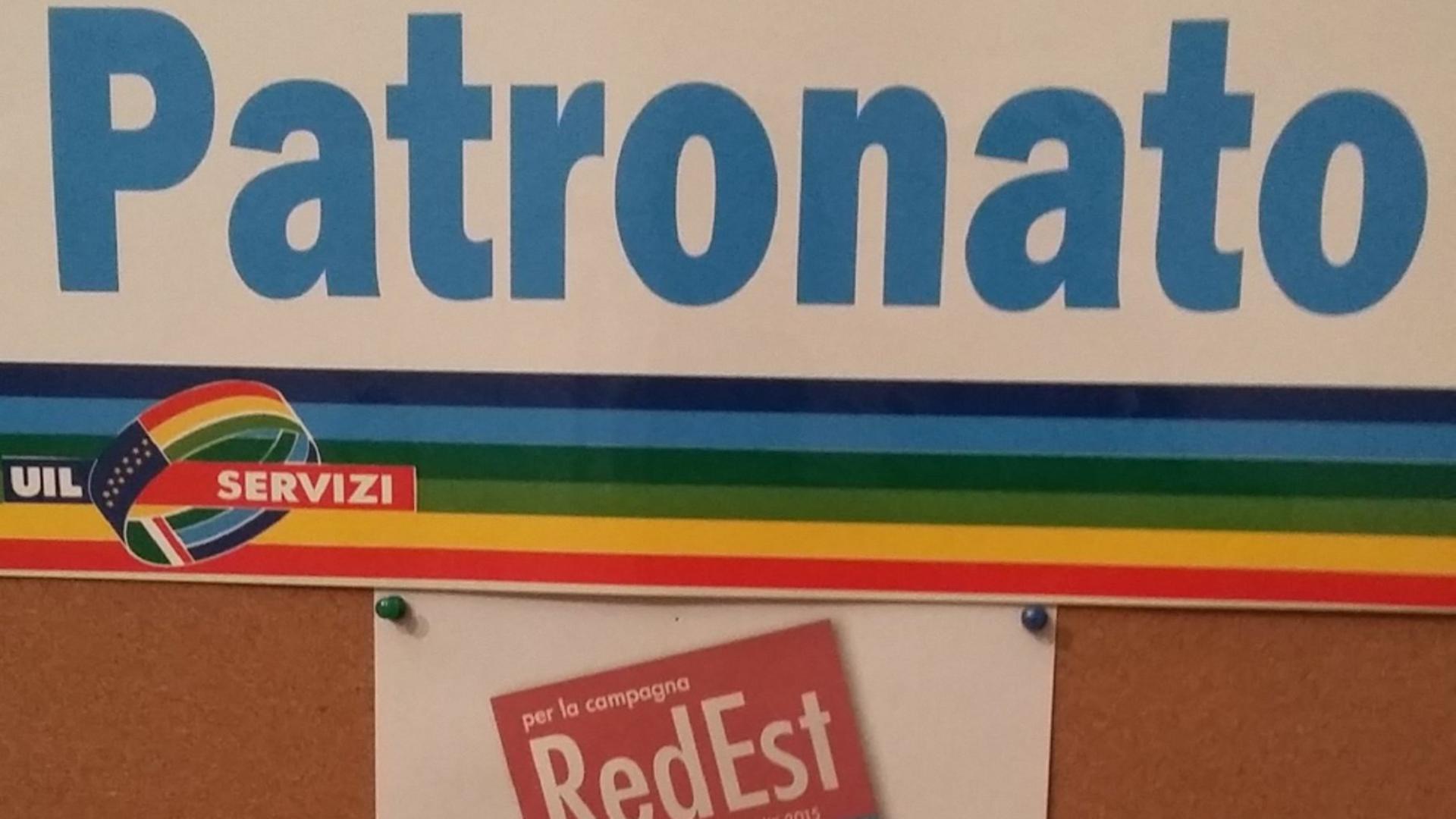Across Chicago, some eighth graders are still waiting to see whether they gain admittance into a Chicago Public Schools selective enrollment high school. These teenagers are hoping the principal discretion process gets them a coveted spot at one particular school.
Chicago Public Schools data for 2023-24 reveals 16.5% of high school students have a seat in a selective enrollment high school, one of 11 schools, regarded as the best in the city. To be accepted, students must demonstrate academic excellence by earning exceptional grade point averages and standardized test scores.
Nearly 25,000 students competed for fewer than 5,000 seats in Chicago’s selective enrollment high schools in 2021. Students who are not admitted to the selective enrollment high school they desire can apply for special consideration at one of those schools through the principal discretion process. A personal statement, letters of recommendation and evidence of honors and awards are recommended.
The principal discretion process is flawed.
Consider the experience of Lucia, who immigrated from Peru about 15 years ago, and her son, Santiago, whose names are pseudonyms because this family was devastated by their experience. Santiago has a 4.0 GPA, and attending Lane Tech had been Santiago’s dream since sixth grade, so I shared the principal discretion process with his mother. Lucia was skeptical and tired from the initial disappointment, “Really?! I didn’t hear and I thought the school can’t do anything about the admission…”
In 2018, a WBEZ report found that the “small number of spots handed out through principal discretion go almost exclusively to students from wealthy neighborhoods” because these families “are more aware of — and have the resources to take advantage of — the process.” Principals have the freedom to select students based on their values and priorities, which guarantees the selection process will be biased and highly variant across schools. In the WBEZ report, principals openly explained they select students who will “add value” to their schools.
As a mother, former elementary educator, and researcher who examines how marginalized families make sense of various school practices and policies, I believe our local public school system can do better.
There are still too many barriers to navigating the school “choice” system. Lauren Sartain and colleagues concluded that even with a centralized application platform like GoCPS, inequitable access to high-performing schools will persist without “robust and explicit” support on how to engage in the school choice process. Lucia had neither, despite a brief meeting with Santiago’s school counselor in October, which she initiated.
I sent Lucia the webpage link that provided an overview. It included a 21-page handbook in English, and it stated the application window opened on Feb. 28, 2024, and closed on March 15, 2024. On March 15 Lucia texted, “To submit the info I had to request it yesterday to receive a link today.”
This step was not listed beside the posted deadlines. Instead, on Page 8 of 21 of the Principal Discretion handbook, in small print, it says “…request a SEHS Principal Discretion application. Within 24 hours you will have access …” This was Step 6 of 9.
For two weeks, Lucia and Santiago scrambled to gather all the required application materials. Santiago wrote and revised a personal statement. He mustered up the courage to ask three teachers for recommendation letters, and Lucia even wrote one too, despite her lack of confidence with writing in English.
On the day of the deadline, Lucia learned she was too late even though the deadline had not passed. She called the Office of Access and Enrollment, but it was 4:36 p.m. and they’d closed six minutes before, despite the 5 p.m. principal discretion deadline.
Placing a secret deadline on an already tedious application is contrary to the expressed aims of the Chicago Public Schools Office of Access and Enrollment. A time-consuming application process guarantees that families with limited resources will likely opt out or fail to complete the process.
Researchers who examine Latino family engagement in school systems have long noted that systemic, cultural, and practical factors are often barriers. CPS’ lack of sensitivity to the barriers faced by Spanish-speaking, working-class families led to problems with communication, a lack of awareness and clarity of the process, and low likelihood that Lucia could successfully engage in the principal discretion process.
Yet, Latino students, many of whom speak Spanish at home, are nearly 50% of the district’s students. Why isn’t there a Principal Discretion Handbook in Spanish?
Lucia revealed that she became tearful and had a panic attack when she realized that failure to request an application in advance meant she could not submit the documents.
In Peru, school “choice” does not exist, so this entire process was confusing for Lucia. Even still, she blamed herself for not logging on sooner, although she was waiting on a teacher recommendation that Santiago was too timid to follow up about, given his cultural norms. I blame a system that treats families as contestants who must complete one task after another to prove worthiness for a basic right — quality public education.
Are families only worthy of access to the best schools if they can show merit by completing burdensome application processes?
As the Chicago Board of Education creates a new strategic plan, I hope family experiences and perspectives will be central to their decision making — especially families that did not participate, and those that lost in the school “choice” process.
Shannon Paige Clark is a postdoctoral scholar at Northwestern University. She researches educational policies and family engagement in schools.





